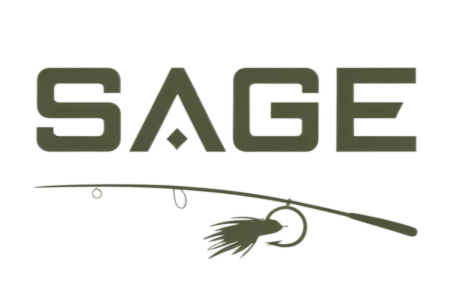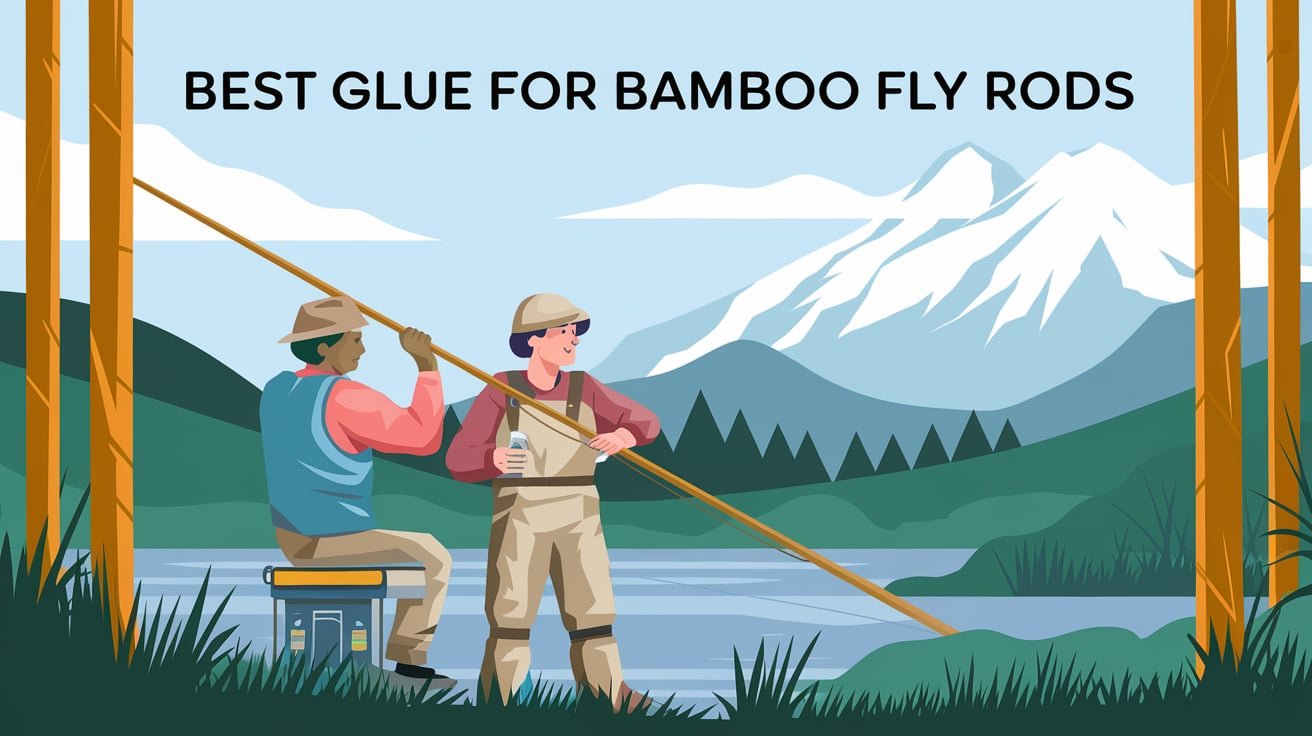Crafting a timeless bamboo fly rod requires not just skill and patience, but also the right materials. Among these, perhaps none is more crucial yet overlooked than the adhesive that holds everything together. At Sage Fly Rods, we understand that the glue you choose can make the difference between a family heirloom and a disappointing failure.
Why Glue Selection Matters for Bamboo Fly Rods
Bamboo fly rods represent the pinnacle of traditional fly fishing craftsmanship. Unlike their graphite or fiberglass counterparts, bamboo rods are constructed from natural materials that respond uniquely to different adhesives. The right glue doesn’t just bond components—it becomes an integral part of the rod’s performance characteristics.
When selecting an adhesive for your bamboo rod project, several factors come into play:
- Moisture resistance: Fly rods inevitably encounter water, making this perhaps the most critical consideration
- Flexibility: The glue must maintain some degree of flexibility to work with bamboo’s natural properties
- Strength: It must create bonds strong enough to withstand the stresses of casting and fighting fish
- Temperature stability: The adhesive should perform consistently across various fishing environments
- Working time: Some projects require quick-setting glues, while others benefit from longer working periods
- Transparency: Especially important for visible joints and finish work
- Toxicity: Consider safety during application and the environmental impact
With these considerations in mind, let’s explore the best adhesives available on Amazon for bamboo fly rod construction and restoration.
Best Glues for Bamboo Fly Rod Construction
1. System Three T-88 Structural Epoxy Adhesive
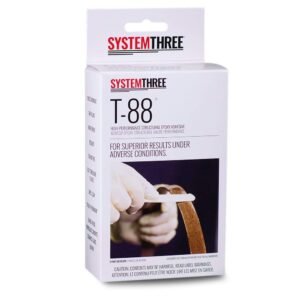
The T-88 epoxy is often considered the gold standard for bamboo rod makers, and for good reason. This two-part structural epoxy creates an incredibly strong, waterproof bond that can last generations.
Advantages:
- Exceptional moisture resistance
- Extremely strong bond with bamboo
- 1:1 mixing ratio simplifies application
- Moderate working time (30-40 minutes) allows for precision
- Proven track record among professional rod builders
- Low VOC formula
- Resists creep under constant pressure
Disadvantages:
- More expensive than other options
- Requires careful mixing
- Full cure takes 24-48 hours
- Less forgiving than some alternatives if you make application errors
Best for: Primary rod construction, especially for hexagonal rod sections. The T-88 excels at bonding the bamboo strips together during the initial construction phase.
2. Titebond III Ultimate Wood Glue

Though not specifically marketed for fly rods, this advanced PVA glue has become a favorite among some rod makers, particularly for certain applications.
Advantages:
- Excellent water resistance (waterproof when cured)
- Easy to use with no mixing required
- Non-toxic and easy cleanup with water
- Relatively flexible when cured
- Transparent amber finish
- Lower cost than epoxies
- FDA approved for indirect food contact
Disadvantages:
- Not as strong as epoxy for primary structural bonds
- Shorter open working time (8-10 minutes)
- Not as heat-resistant as epoxies
- Can creep slightly under continuous stress
Best for: Cork grip assembly, reel seat mounting, and non-critical components. Some crafters also use it for splicing and repairs.
3. Gorilla 2-Part Epoxy

This readily available epoxy provides an excellent balance of properties at an affordable price point, making it a good choice for beginners or those doing occasional repairs.
Advantages:
- Convenient syringe dispenser ensures proper mixing ratio
- Crystal clear finish
- Good water and solvent resistance
- Sets in just 5 minutes with full cure in 24 hours
- Gap-filling properties help with imperfect fits
- Adheres to multiple materials (useful for ferrules, reel seats)
Disadvantages:
- Small quantity in each package
- Very short working time limits complex applications
- Not as strong as professional-grade epoxies
- More prone to yellowing over time
Best for: Quick repairs, small component attachment, and touch-ups. The fast set time makes it ideal for emergency fixes even streamside.
4. Flex Coat Rod Bond

Specifically formulated for rod building, this two-part epoxy strikes an excellent balance between strength and flexibility.
Advantages:
- Designed specifically for fishing rods
- Excellent adhesion to bamboo and other rod components
- Good balance of rigidity and flexibility
- Moderate working time (15-20 minutes)
- Minimal bubbling compared to other epoxies
- Heat resistant once fully cured
Disadvantages:
- More expensive per ounce than general-purpose epoxies
- Less available than more common brands
- Can be brittle if applied too thickly
- Somewhat more difficult to work with than simpler adhesives
Best for: Guide wrapping foundations and securing ferrules. The specific formulation makes it ideal for components that need both strength and some degree of flexibility.
5. Hide Glue Traditional Liquid (Old Brown Glue)
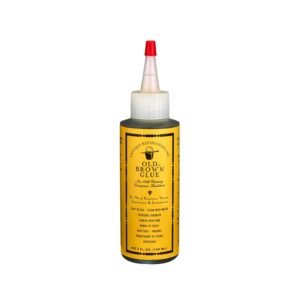
For the traditionalist, hide glue represents the original bamboo rod adhesive. This modern liquid formulation makes it easier to use than traditional hot hide glue while maintaining its desirable properties.
Advantages:
- Historically authentic for traditional rod making
- Excellent reversibility for repairs and restoration
- Actually strengthens over time
- Long open time for complex glue-ups
- Natural product with low toxicity
- Creates a slightly flexible bond that works well with bamboo
Disadvantages:
- Less water-resistant than modern alternatives
- Temperature sensitive during application
- Slower curing time
- Less initial strength than synthetic adhesives
- Requires warming before use
Best for: Traditional restoration work and historical reproductions. Also excellent for situations where future disassembly might be necessary.
6. Loctite Professional Liquid Super Glue
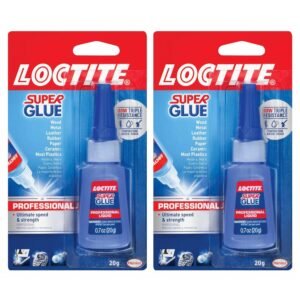
This cyanoacrylate adhesive serves a specific purpose in bamboo rod making—it’s not for primary construction but excels in certain applications.
Advantages:
- Extremely fast setting (10-30 seconds)
- Pinpoint application possible
- Good tensile strength
- No mixing required
- Works well in low humidity environments
- Virtually invisible bond line
Disadvantages:
- Brittle when cured
- Poor gap-filling capability
- Not suitable for primary structural bonds
- Low moisture and impact resistance
- Can bond skin instantly (safety concern)
Best for: Tacking components in place before permanent bonding, small repairs, and attaching thread wraps. Also useful for temporarily holding pieces during complex assemblies.
7. Gorilla Clear Grip Contact Adhesive

Contact cement has specific applications in rod making where other adhesives might not be ideal, particularly for materials like cork.
Advantages:
- Crystal clear formulation
- Permanent flexible bond
- Easy application with no clamping required
- Works well on porous materials like cork
- Water-resistant when cured
- Good shelf life
Disadvantages:
- Strong odor during application
- Not suitable for primary structural components
- Requires both surfaces to be coated
- Flash time needed before joining parts
- Can be messy to work with
Best for: Cork grip installation and other applications involving dissimilar materials where traditional wood glues might not perform well.
8. DAP Weldwood Original Contact Cement

Another contact adhesive option, the Weldwood formulation has been trusted by craftsmen for decades and offers slightly different characteristics than the Gorilla product.
Advantages:
- Extremely high initial grab
- Heat resistant when cured
- Works on difficult materials
- Creates a flexible bond
- Long history of use in fine woodworking
- Proven durability
Disadvantages:
- Yellow/tan color (not clear)
- Strong solvent smell
- Flammable during application
- Less environmentally friendly than water-based alternatives
- More difficult to clean up
Best for: Traditional cork grip installation and attaching non-bamboo components where bond appearance isn’t critical.
9. System Three SilverTip MetlWeld Epoxy Adhesive

As a second offering from System Three, the MetlWeld provides different characteristics that make it ideal for specific rod components, particularly metal parts.
Advantages:
- Exceptional bonding to metal components (ferrules, reel seats)
- Higher heat resistance than standard epoxies
- Very high strength characteristics
- Good gap-filling properties
- Extended working time (40-50 minutes)
- Maintains properties in extreme environments
Disadvantages:
- Expensive compared to general-purpose adhesives
- Requires precise 2:1 mixing ratio
- Longer cure time (24-72 hours for full strength)
- Slightly more viscous and harder to work with
- Overkill for many applications
Best for: Metal ferrule installation, reel seat mounting, and any application where maximum bond strength between dissimilar materials is required.
10. Bob Smith Industries IC-2000 Instant Craft Adhesive

This specialty cyanoacrylate is formulated specifically for porous materials like wood and provides better penetration than standard super glues.
Advantages:
- Penetrates wood fibers for stronger bonds
- Sets in 5-15 seconds
- Thin viscosity works well for tight-fitting joints
- No mixing required
- Odorless compared to many CA glues
- More water-resistant than standard cyanoacrylates
Disadvantages:
- Still brittle when compared to epoxies
- Small bottle size
- Short shelf life once opened
- Poor gap-filling properties
- Can be difficult to control application
Best for: Small repairs, temporarily securing components, and fixing minor splits in bamboo. The thin formulation allows it to wick into hairline cracks effectively.
Application Considerations
Preparation Is Key
Regardless of which adhesive you choose, proper surface preparation is crucial:
- Ensure all surfaces are clean, dry, and free of oils or contaminants
- Lightly sand bonding surfaces for better mechanical adhesion
- Test fit all components before applying adhesive
- Have all necessary tools (clamps, wipes, etc.) ready before mixing adhesives
- Follow temperature recommendations for both application and curing
Common Mistakes to Avoid
- Using too much adhesive: Excess glue creates mess, adds unnecessary weight, and can actually weaken bonds
- Inadequate clamping pressure: Most adhesives require proper pressure during curing
- Rushing the cure time: Allow full cure before stressing the bond
- Ignoring humidity and temperature: Environmental conditions affect curing significantly
- Mixing epoxy incorrectly: Precise ratios are essential for proper chemical reactions
Conclusion: Choosing the Right Glue for Your Project
For bamboo fly rod makers, no single adhesive serves all purposes. Many professional rod makers keep several types on hand for different applications. Consider these general recommendations:
- For primary rod construction: System Three T-88 or Flex Coat Rod Bond epoxies provide the best combination of strength and water resistance
- For cork grips and reel seats: Titebond III or contact adhesives like Gorilla Clear Grip
- For guide wrapping: Flex Coat Rod Bond or Gorilla 2-Part Epoxy
- For quick repairs: Loctite Super Glue or Bob Smith Industries IC-2000
- For traditional restoration: Old Brown Glue hide glue
Remember that the quality of your glue job depends not just on product selection but on proper technique. Take your time, follow manufacturer instructions, and practice on scrap pieces before attempting critical bonds.
With the right adhesive and careful application, your bamboo fly rod will provide generations of fishing memories—a testament to both traditional craftsmanship and modern materials working in harmony.
This article is provided by Sage Fly Rods as an educational resource for bamboo rod enthusiasts. The products reviewed are available on Amazon.com and represent our unbiased assessment of current offerings. Prices are approximate and subject to change.
